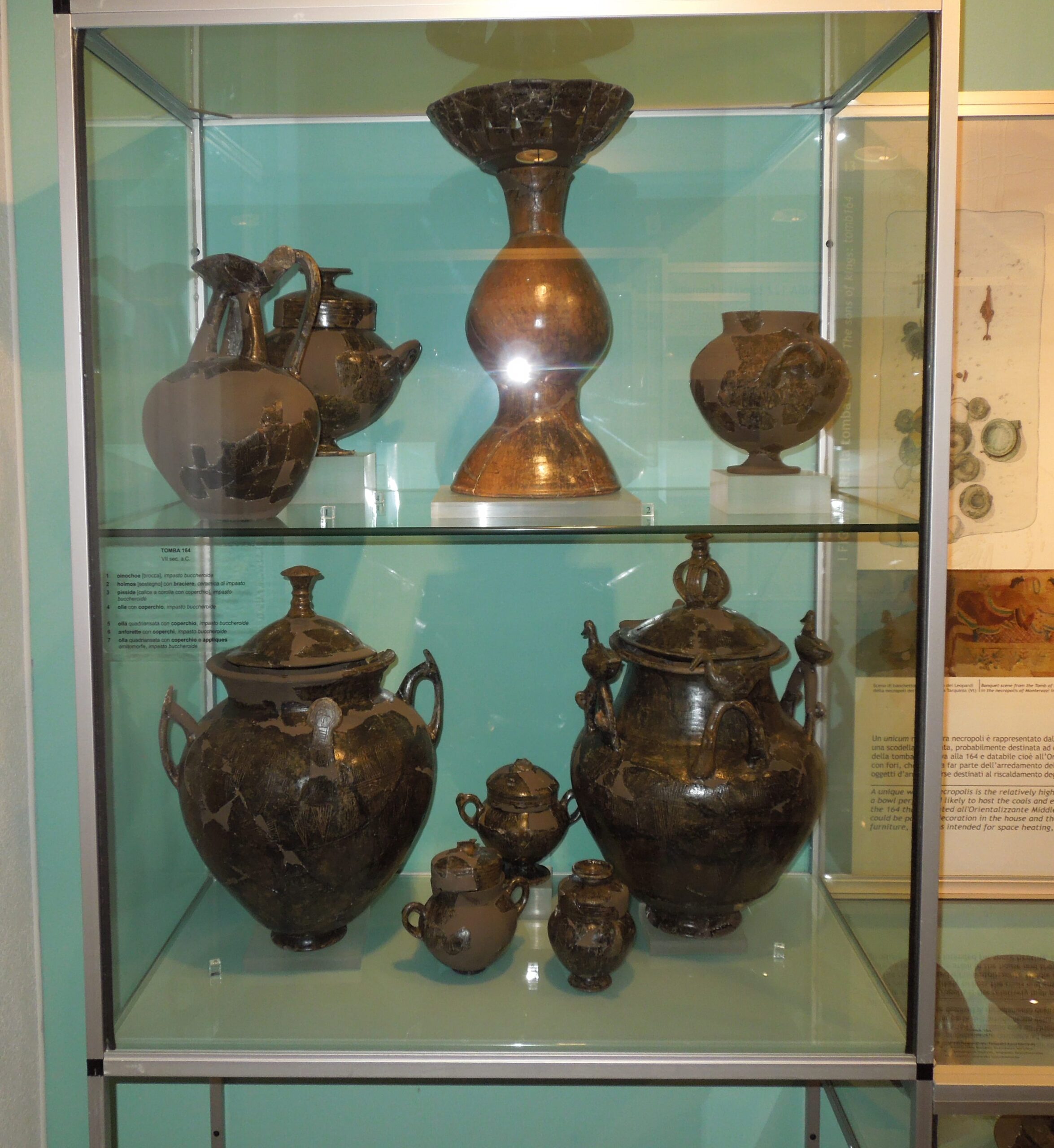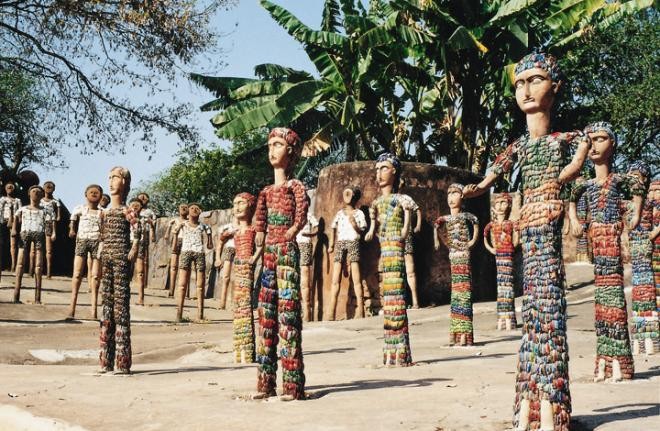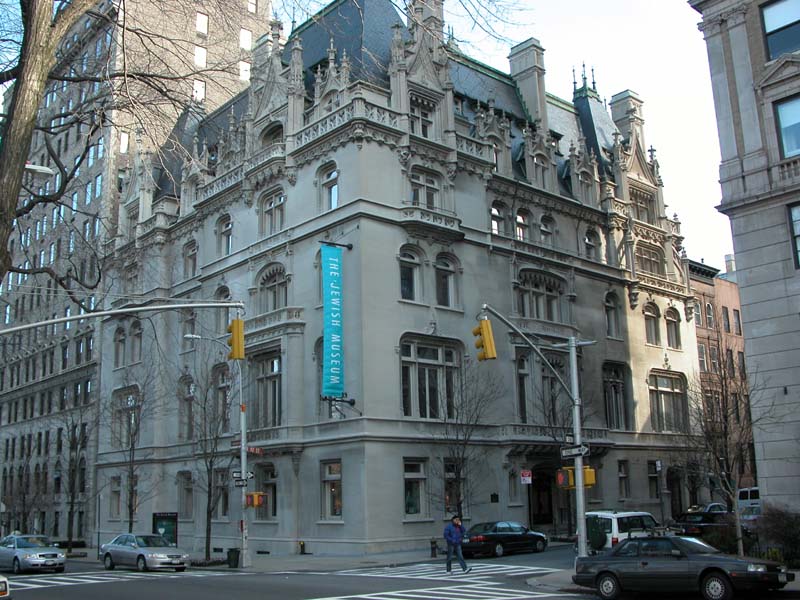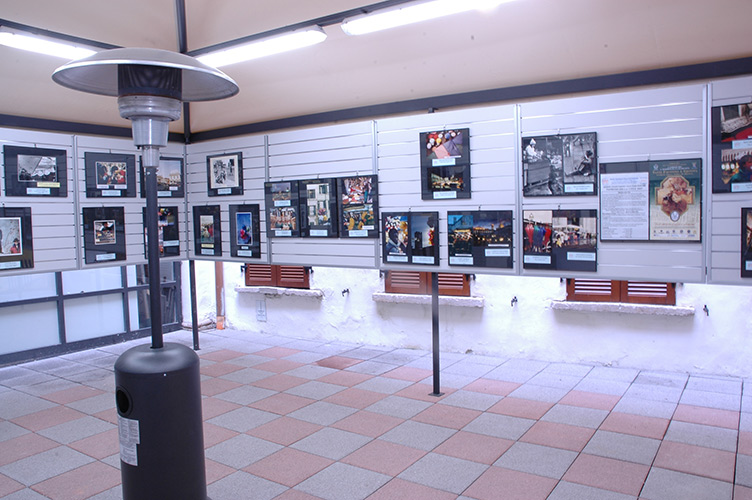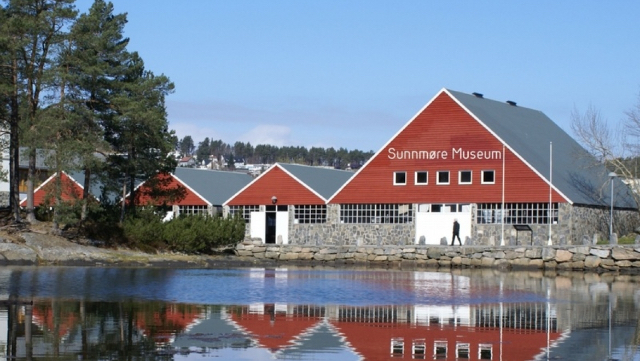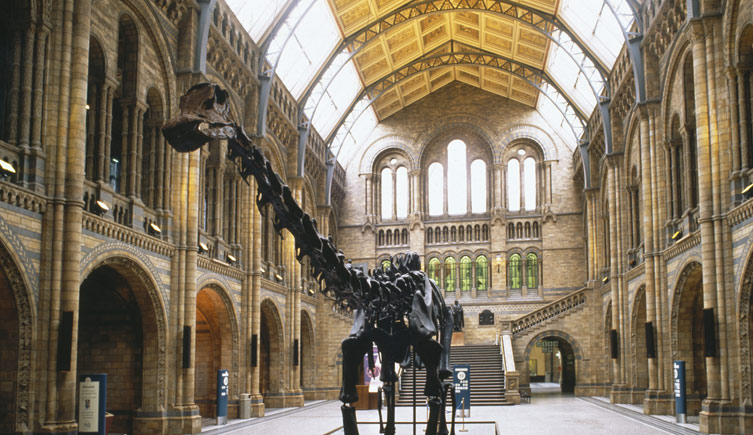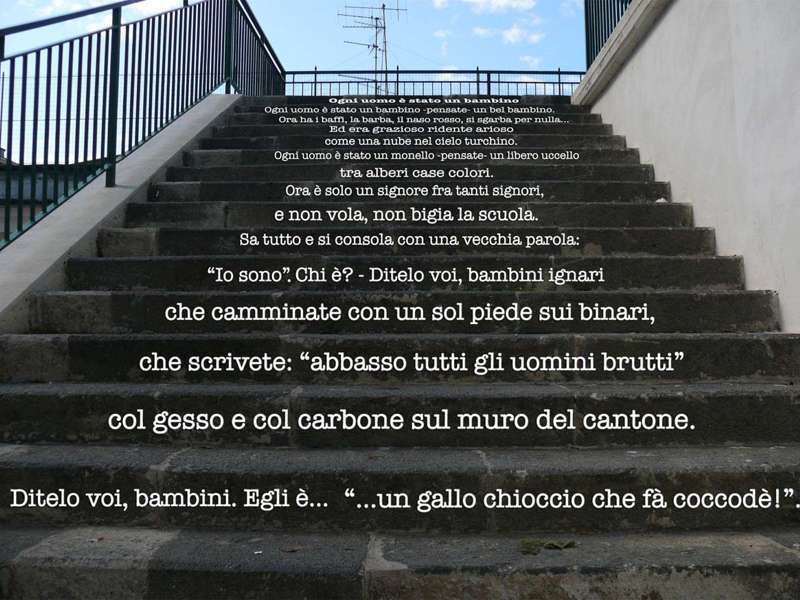The museum is located in some rooms of the ancient convent of St. Francis founded in the late thirteenth century. It is accessed through a portico where it is still possible to admire the valuable mullioned windows and the polylobed portal that led to the Chapter House. Started by Superintendent Valerio Cianfarani to house the prestigious finds of the Campovalano necropolis from the excavation campaigns started in 1967, the museum was inaugurated in 1989. With the help of graphic and environmental reconstructions, the exhibition illustrates the evolution of the funeral rites of a Pretuzia ethnic group from the Middle-Adriatic or Piceno cultural area. In the first room "Campovalano prima degli italici" (Campovalano before the Italics), the daily life in the villages during the Bronze Age and in particular in the 14th and 13th centuries B.C. is illustrated and the tomb of a little girl (9th century B.C.), found in Coccioli, is also reconstructed. The following rooms are entirely dedicated to the necropolis of Campovalano with an exhibition of grave goods and reconstructions showing the evolution of the funeral rite at the Pretuzii (rooms 2/9 The First Burial at Campovalano – The Signs of Wealth – The Sons of the Aristocracy – Reconstruction of the tomb n. 2: The Burial of a King – Social Differences – Aspects of Female Life – A Rich Adolescent – The Age of Crisis) In the Anthropological Section, the bone remains analyzed offer valuable information on sex, diseases, trauma, malformations and age of death. Finally, in the space dedicated to "novelties", the rich trousseau of a young aristocrat is exhibited, composed of numerous and refined jewels, among which the precious necklace made of gold foil grains of Magna Graecia culture and the silver bracelets of Celtic tradition. Connected to the Archaeological Museum of Campli, which exhibits the finds, is the necropolis of Campovalano located in the territory of the municipality of Campli, which has returned as many as 621 burials, the oldest characterized by large mounds enclosed by circles of stones.
